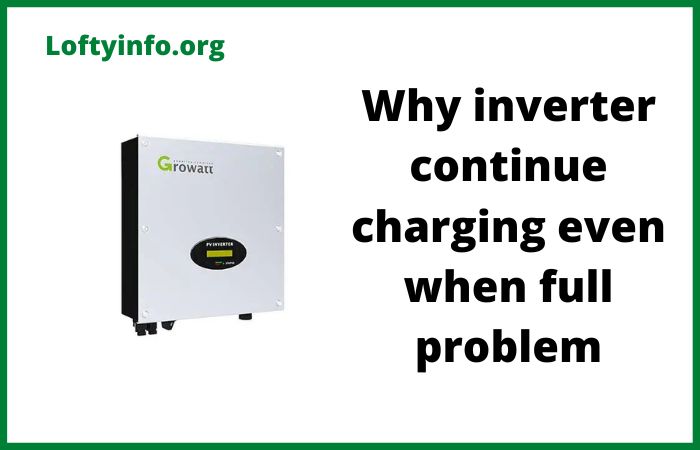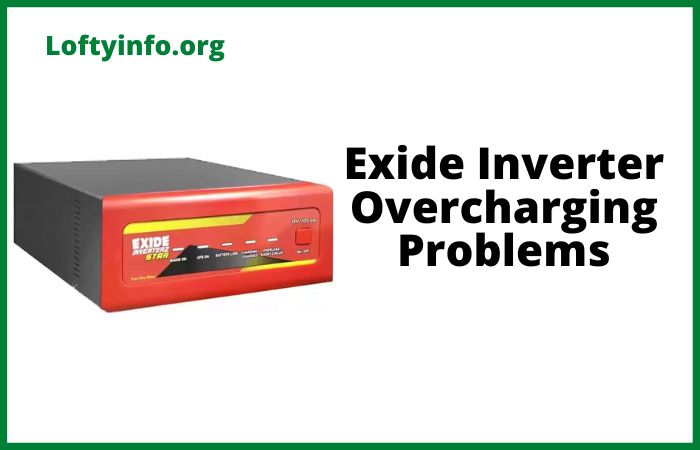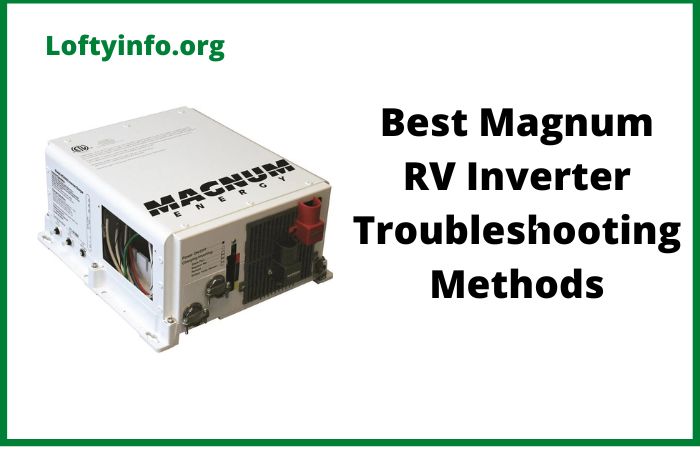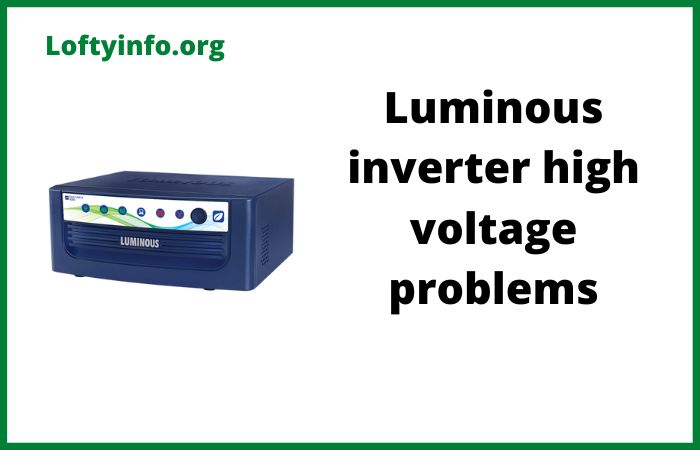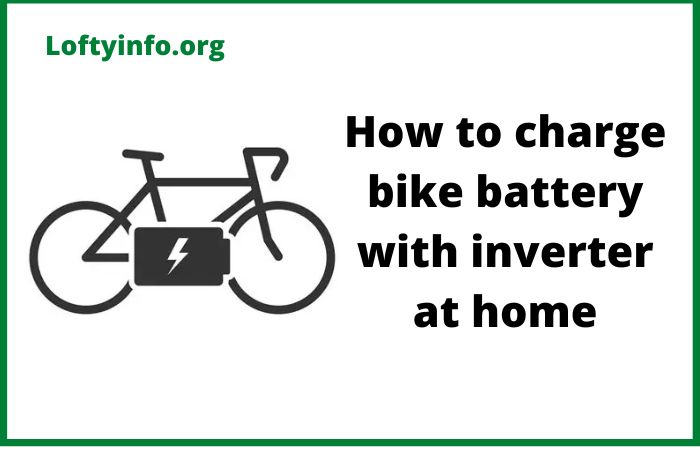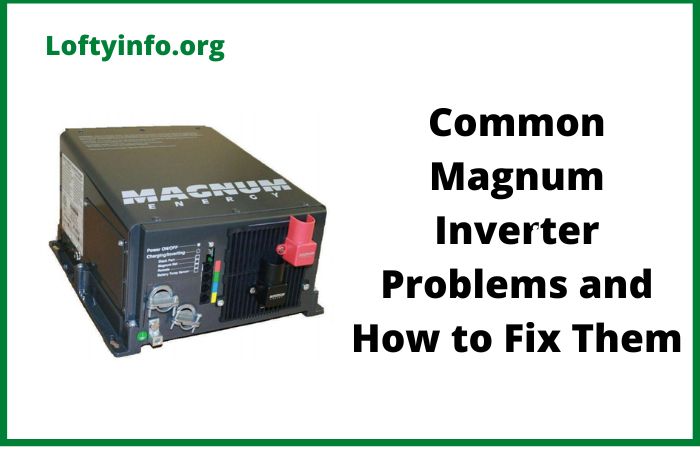Why Inverter Battery Continues Charging Even When Full
Your inverter has been running for hours and the battery indicator shows full capacity.
Yet when you check the system you notice the charging process has not stopped.
This persistent charging behavior raises immediate concerns about battery health, energy waste and potential system damage.
Understanding why your inverter continues charging even when the battery reaches full capacity is essential for maintaining your power backup system and preventing costly repairs.
Many homeowners and business owners experience this frustrating issue where their inverter seems unable to recognize when batteries have reached optimal charge levels.
The continuous charging not only increases electricity bills but also significantly reduces battery lifespan through overcharging.
This comprehensive guide explores the technical reasons behind this problem and provides practical insights into what causes your inverter to ignore full charge signals.
Why Inverter Battery Continues Charging Even When Full
1) Faulty Battery Sensors and Voltage Detection
The primary reason inverters fail to stop charging at full capacity involves malfunctioning battery sensors.
Modern inverters rely on sophisticated voltage detection systems that monitor battery charge levels in real-time.
These sensors measure the voltage across battery terminals and send signals to the charging circuit when batteries reach their float voltage threshold.
When sensors become damaged or develop calibration errors they provide incorrect readings to the control circuit.
Battery sensors can deteriorate due to exposure to extreme temperatures, moisture infiltration or simple wear from continuous operation.
A sensor providing lower voltage readings than actual battery levels will cause the inverter to believe batteries need more charging.
The charging controller continues pushing current into already full batteries because it never receives the signal to switch to maintenance mode.
This sensor failure creates a dangerous cycle where batteries experience constant overcharging stress.
Corrosion on sensor connection points also disrupts accurate voltage measurement.
Even minor oxidation on terminals can add resistance to the sensing circuit and throw off calibration by several millivolts.
Since the difference between a full battery and one needing charge might only be 0.5 to 1 volt these small sensing errors have major consequences.
Regular inspection and cleaning of sensor connections helps prevent this common failure mode.
2) Defective Charging Controller Circuit
The charging controller serves as the brain of your inverter’s charging system and determines when to start, continue or stop the charging process.
This electronic circuit board contains microprocessors, voltage regulators and switching components that manage power flow to batteries.
When components on this circuit board fail or develop electrical faults the controller loses its ability to properly regulate charging cycles.
Capacitors on charging controller boards degrade over time, especially in hot environments where inverters typically operate.
Failed capacitors cannot smooth voltage fluctuations properly and this causes erratic charging behavior.
The controller might receive intermittent signals suggesting batteries are not full, triggering continuous charging attempts.
Power surges or lightning strikes can also damage sensitive integrated circuits on the controller board without completely destroying the unit.
Software glitches within the microprocessor can create charging problems as well.
The firmware running on modern inverter controllers occasionally develops bugs or becomes corrupted due to power interruptions during operation.
A corrupted program might lose the logic that tells the charging circuit to stop at full capacity. Some inverters require firmware updates to fix known charging algorithm issues that manufacturers discover after product release.
Resetting the controller or updating firmware sometimes resolves persistent charging problems when hardware components remain functional.
3) Incorrect Inverter Settings and Configuration
Many users overlook the importance of proper inverter configuration for their specific battery type and capacity. Inverters come with adjustable settings for different battery chemistries including lead-acid, tubular and lithium batteries.
Each chemistry requires different charging voltages, absorption times and float voltage levels. Using incorrect settings causes the inverter to apply inappropriate charging profiles that never reach the completion criteria.
The bulk charging voltage, absorption voltage and float voltage parameters must match battery specifications precisely.
If your inverter is configured for a 48V system but connected to 24V batteries the voltage thresholds will never align properly.
The charging circuit continues operating because it never detects the voltage levels programmed as full charge indicators.
Setting absorption voltage too high means batteries never reach that target and charging continues indefinitely.
Temperature compensation settings also affect charging behavior significantly. Batteries require different charging voltages at different temperatures to avoid overcharging or undercharging.
If temperature compensation is disabled or configured incorrectly the inverter applies wrong charging voltages for ambient conditions.
A battery might be full at current temperature but the inverter continues charging because it calculates a different full-charge voltage threshold.
Consulting the battery manufacturer’s specifications and properly configuring all inverter parameters prevents many continuous charging issues.
4) Battery Capacity Degradation and Cell Imbalance
Aging batteries with reduced capacity often cause inverters to continue charging beyond what seems like full capacity.
As batteries age through repeated charge-discharge cycles their ability to store energy diminishes.
A battery rated for 150Ah when new might only hold 100Ah after several years of use. The inverter’s charging algorithm was programmed based on original capacity specifications and does not automatically adjust for degradation.
The charging controller attempts to push the rated capacity into batteries that can no longer accept it.
Since degraded batteries reach voltage thresholds faster with less actual capacity stored the voltage quickly drops when charging current reduces.
The inverter interprets this voltage drop as insufficient charge and resumes charging. This creates a loop where the battery appears full by voltage but the inverter never achieves the amp-hour target it expects.
Cell imbalance within battery banks compounds this problem significantly.
Multi-cell batteries or battery banks with cells in series develop imbalances where some cells charge faster than others.
Weaker cells reach full voltage quickly while stronger cells need more time. The inverter continues charging to fill the stronger cells but overcharges the weaker ones in the process.
This imbalance worsens over time as overcharged weak cells degrade further.
Battery equalization procedures can help rebalance cells but severely imbalanced or degraded batteries often need replacement.
5) Damaged or Sulfated Battery Plates
Internal battery damage particularly sulfation of lead plates prevents batteries from accepting charge normally and tricks inverters into continuous charging.
Sulfation occurs when lead sulfate crystals form on battery plates during discharge and fail to convert back to active material during charging.
Heavy sulfation creates an insulating layer that blocks current flow and increases internal resistance.
Batteries with sulfated plates show normal voltage readings when charging current flows but voltage drops rapidly when current stops.
The inverter reads this voltage drop as incomplete charging and immediately resumes the charging cycle.
The battery never maintains the float voltage level that signals full charge because sulfation prevents proper chemical reactions.
Deep discharge events, prolonged storage in discharged state or chronic undercharging accelerate sulfation damage.
Physical damage to battery plates from excessive vibration or manufacturing defects also disrupts normal charging behavior.
Broken plate connections or active material shedding reduces the effective surface area available for chemical reactions.
The battery reaches voltage thresholds with less stored capacity than it should hold.
The inverter continues attempting to charge the battery to its rated capacity but damaged plates cannot store the expected energy.
Testing battery specific gravity with a hydrometer reveals sulfation and plate damage that voltage measurements alone cannot detect.
6) Loose or Corroded Battery Connections
Poor electrical connections between batteries and inverter create resistance that distorts voltage measurements and charging behavior.
When battery terminals have loose connections or heavy corrosion buildup the resistance at these points causes voltage drops under load.
The inverter measures voltage at its terminals and this reading differs from actual battery voltage by the amount of voltage drop across poor connections.
During charging the inverter sees lower voltage than batteries actually experience because current flowing through corroded connections drops voltage.
The charging controller interprets this as batteries needing more charge and continues the charging process.
Meanwhile batteries experience higher voltage than the inverter detects and become overcharged.
This voltage measurement error persists until connections are cleaned and properly tightened.
Corroded connections also create heating which further increases resistance in a dangerous feedback loop. As resistance increases more energy converts to heat at connection points rather than charging batteries. The inverter responds by increasing charging current to compensate for apparent voltage deficiency. This additional current generates more heat and accelerates corrosion. Regular maintenance including terminal cleaning with wire brush, application of anti-corrosion spray and proper torquing of connections prevents this problem from developing.
Understanding these technical causes helps you diagnose why your inverter continues charging beyond full capacity.
Most continuous charging problems stem from sensor failures, controller defects, configuration errors, battery degradation, internal battery damage or poor connections.
Systematic troubleshooting starting with visual inspection of connections and verification of settings usually identifies the root cause.
Some issues like firmware updates or settings adjustment are user-serviceable while others require professional repair or component replacement.
Addressing continuous charging problems promptly protects your battery investment and ensures reliable backup power when you need it most.
